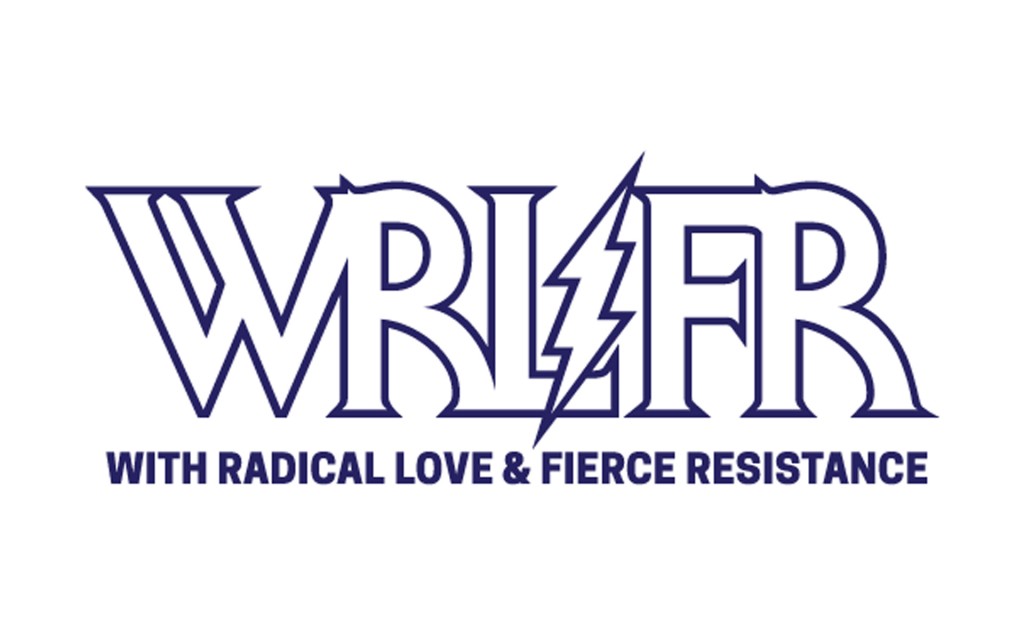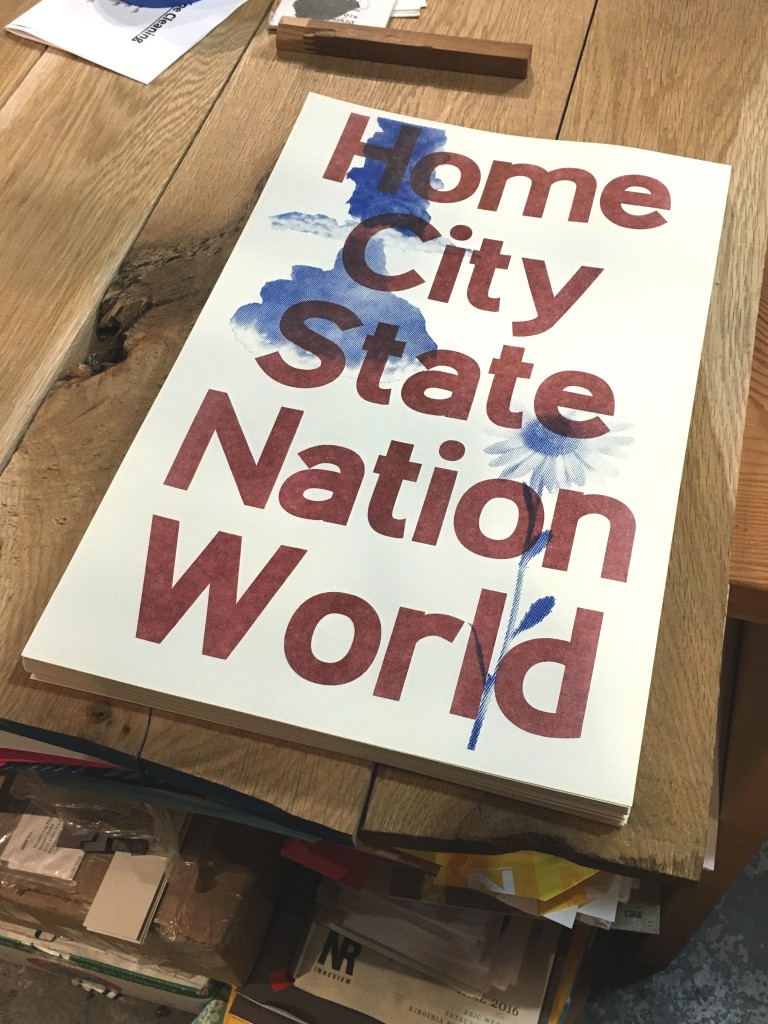Our old friend, Randall Szott, posted these “alternatives to liberalism” drawn up by Wendell Berry. We thought it advisable to move them around as well. In any confluence of people, especially neighborhoods such as our own here in the 9th Ward of Minneapolis, these are core questions to keep close at hand.
1. Always ask of any proposed change or innovation: What will this do to our community? How will this affect our common wealth?
2. Always include local nature-the land, the water, the air, the native creatures-within the membership of the community.
3. Always ask how local needs might be supplied from local sources, including the mutual help of neighbors.
4. Always supply local needs first (And only then think of exporting their products, first to nearby cities, and then to others).
5. Understand the unsoundness of the industrial doctrine of “labor saving” if that implies poor work, unemployment, or any kind of pollution or contamination.
6. Develop properly scaled value-adding industries for local products to ensure that the community does not become merely a colony of the national or global economy.
7. Develop small-scale industries and businesses to support the local farm and/or forest economy.
8. Strive to produce as much of the community’s own energy as possible.
9. Strive to increase earnings (in whatever form) within the community and decrease expenditures outside the community.
10. Make sure that money paid into the local economy circulates within the community for as long as possible before it is paid out.
11. Make the community able to invest in itself by maintaining its properties, keeping itself clean (without dirtying some other place), caring for its old people, teaching its children.
12. See that the old and the young take care of one another. The young must learn from the old, nor necessarily and not always in school. There must be no institutionalized “child care” and “homes for the aged.” The community knows and remembers itself by the association of old and young.
13. Account for costs now conventionally hidden or “externalized.” Whenever possible, these costs must be debited against monetary income.
14. Look into the possible uses of local currency, community-funded loan programs, systems of barter, and the like.
15. Always be aware of the economic value of neighborly acts. In our time the costs of living are greatly increased by the loss of neighborhood, leaving people to face their calamities alone.
16. A rural community should always be acquainted with, and complexly connected with, community-minded people in nearby towns and cities.
17. A sustainable rural economy will be dependent on urban consumers loyal to local products. Therefore, we are talking about an economy that will always be more cooperative than competitive.


